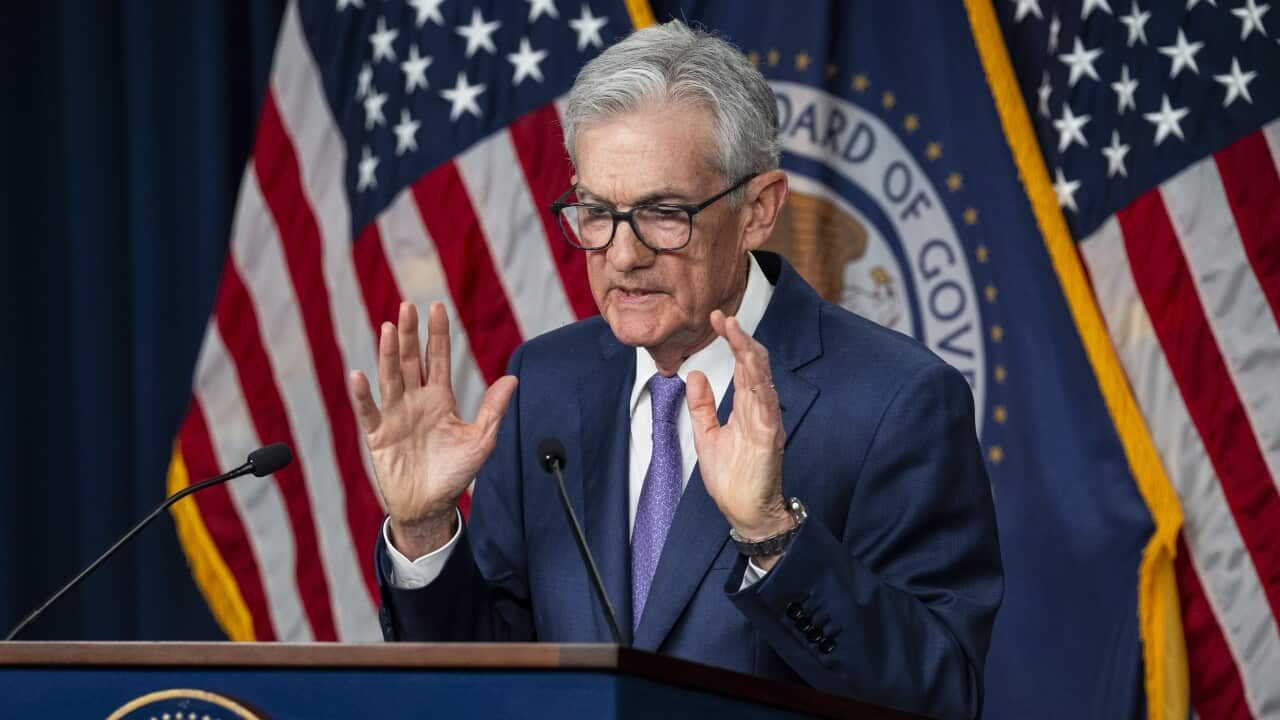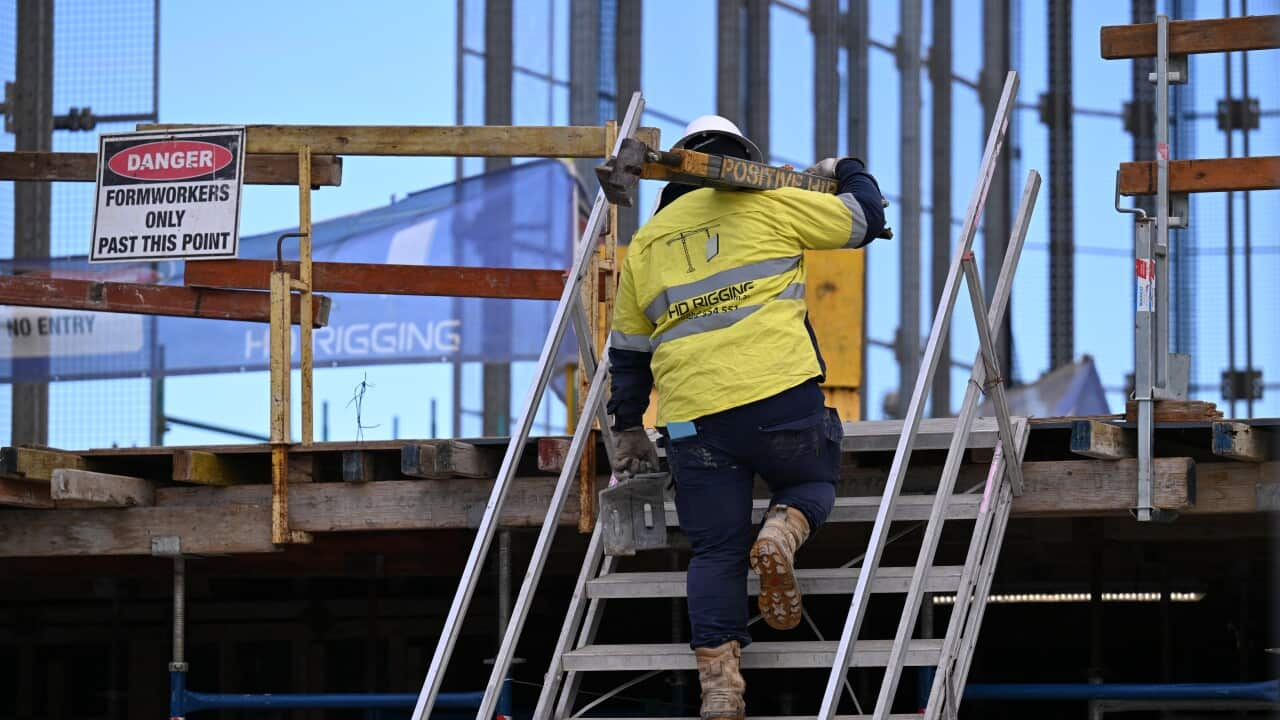Key Points
- The US Federal Reserve announced a relatively large 50 basis point reduction.
- Treasurer Jim Chalmers said the US central bank faced a different economic outlook than Australia.
- The RBA may consider the US rate cut, along with labour force data and inflation, ahead of its next decision.
Australia is facing pressure to follow in the footsteps of the United States central bank after it cut interest rates.
For the first time in four years, the Federal Reserve announced a relatively large 50 basis point reduction, leaving Australian mortgage holders to wonder if the Reserve Bank of Australia will follow suit.
But Treasurer Jim Chalmers said the US central bank faced a different economic outlook than the Australian central bank.
"What we saw in the US overnight was pretty much expected," he told Nine's Today show on Thursday.
The benchmark federal funds rate had risen by more than Australia's cash interest rate and remains higher even with the newly announced cut.
The Fed's target range for the rate now stands at 4.75 to 5 per cent after the half-a-percentage point cut, compared to Australia's cash rate of 4.35 per cent.
The last Reserve Bank rate cut was in 2020 when the cash rate fell to 0.10 per cent.
The US announcement was just one of many factors, like inflation, that the Reserve Bank must consider in its monetary policy decisions.
"The global economy's a pretty uncertain place — that's one of the reasons we're seeing these rate cuts in places like the US," Chalmers said.

Treasurer Jim Chalmers said the US rate cut was not a surprise. Source: AAP / Mick Tsikas
"The Reserve Bank will weigh that up."
Senate Deputy Opposition Leader Michaelia Cash said there was "no good news in sight for Australians" as the domestic inflation outlook was significantly more pessimistic compared to the US.
"It again confirms Australia is now at the back of the pack when it comes to tackling inflation," she said.
The Reserve Bank will likely have an eye on Australian Bureau of Statistics labour force data for August, which is due on Thursday.
The labour market has been softening bit by bit in line with a broader economic slowdown engineered to bring down still-elevated inflation.
But despite the sluggish economy, demand for labour remains relatively resilient and a bright spot repeatedly highlighted by the federal government.
The government is hoping the data will show more than one million jobs have been created since Labor took office.
"The jobs market in Australia has been pretty resilient — we've seen the unemployment rate come up a bit in the last year so we've seen job ads come off a bit," Chalmers said.
"In the context of a slowing economy and a softening labour market, creating a million jobs under this Labor government is a pretty remarkable feat."
In July, the jobless rate ticked up 0.1 percentage point for the second month in a row to 4.2 per cent and 58,000 jobs were added to the economy.
Commonwealth Bank economists expect the August reading to show around 20,000 jobs were added to the economy, leaving the unemployment rate at 4.3 per cent.
CreditorWatch chief economist Anneke Thompson said the jobs data would be "very illuminating" about what the future holds for the Australian economy.
The credit reporting bureau's monthly business risk index has been signalling "extremely challenging conditions", especially in food and beverage, retail and construction.
"Under these circumstances, it is almost certain that unemployment will continue to rise — the question is by how much?" Thompson said.
A strong public sector employment, especially in the disability sector, was masking weaker underlying job creation in the private sector, she said.
"We don't expect businesses to feel more confident until there have been at least two or three cuts to the cash rate."











